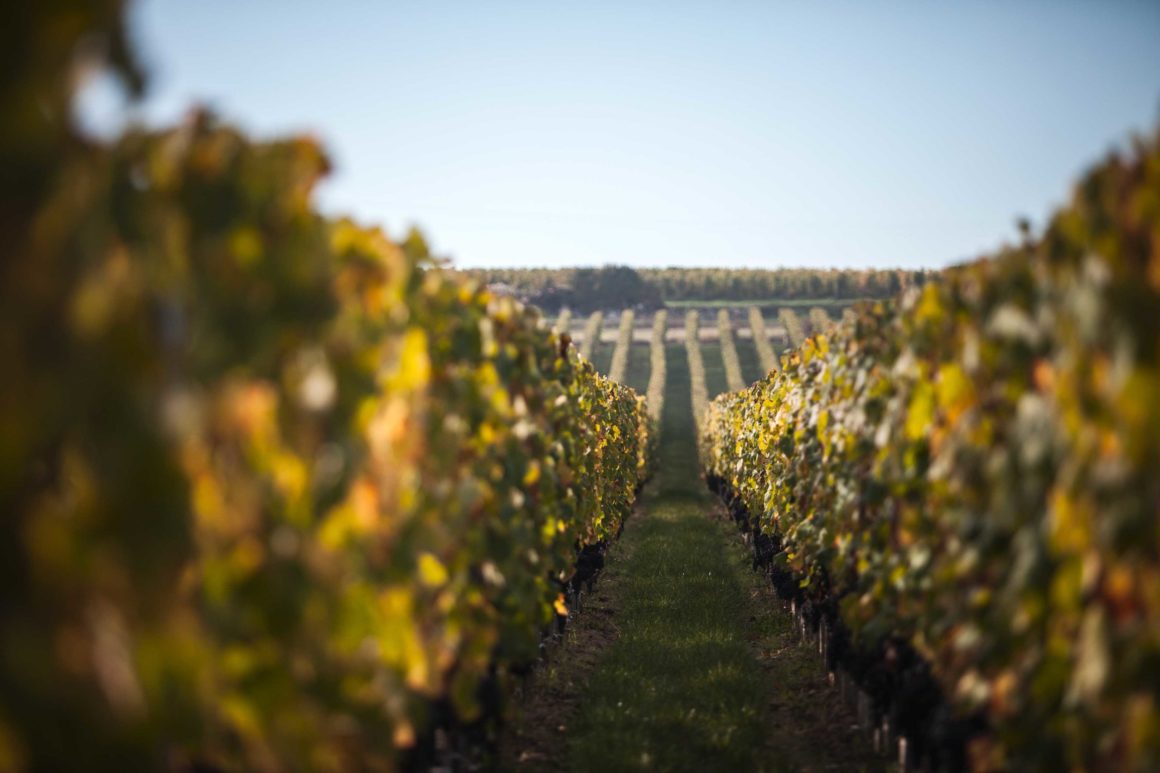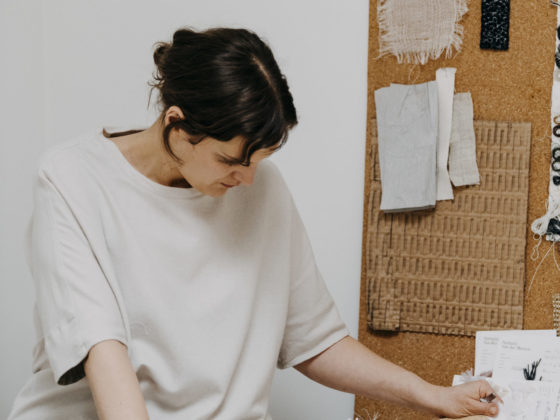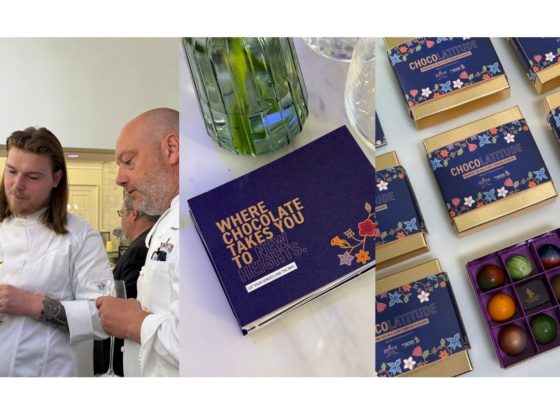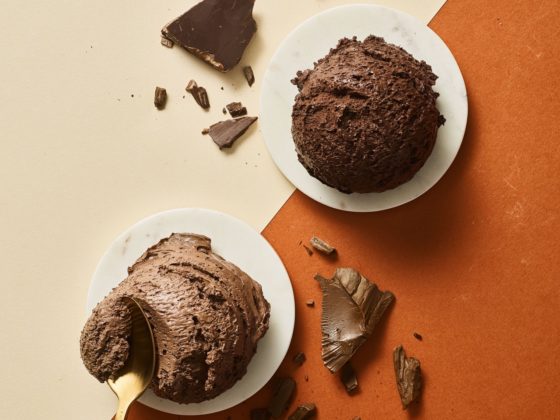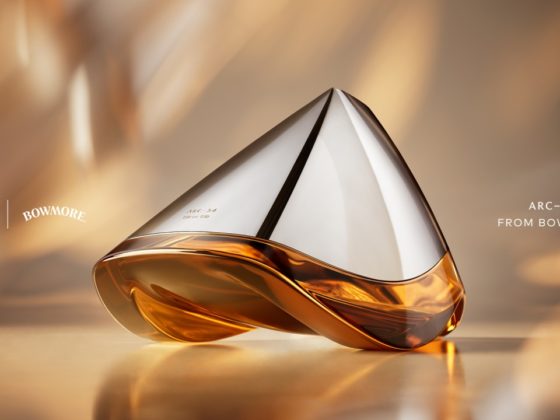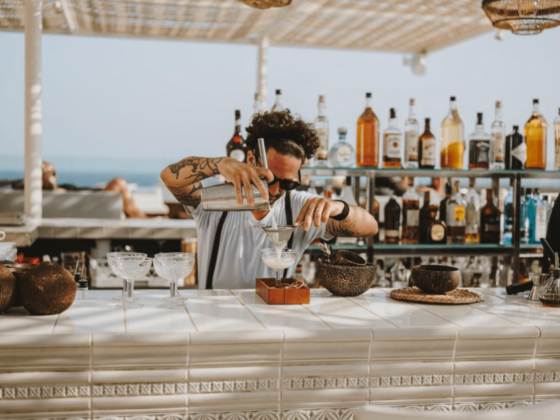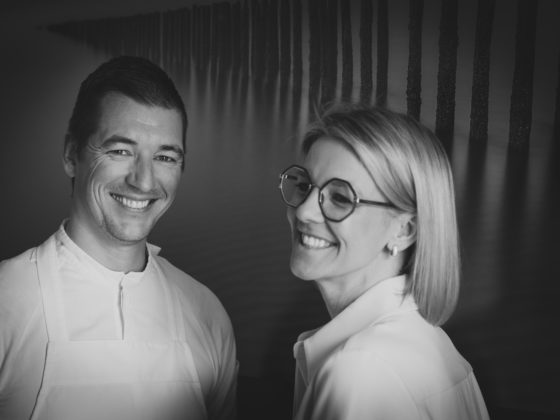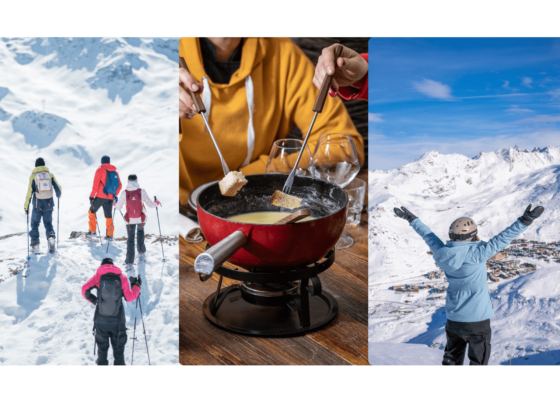Our wine specialist Jasper Van Papeghem is ex Best Sommelier of Belgium 2017-2018 and former sommelier of two-star restaurant De Jonkman in Bruges. Each month, he brings his own unique perspective on the world of wine. And he gives insight into his notebook with 'coup de coeurs'.
It’s Easter! Traditionally, our calendar is full of communion parties, many people are getting married and Belgium is enveloped in a cloud of smoke and aroma from the barbecues that are brought out after the winter season. Unfortunately, this year will also be a year of Corona restrictions and we will have to stick to the “Easter break”
So the Easter lamb becomes an Easter lamb. The easter lamb itself is a millennia-old tradition that originated in Judaism. I will spare you the endless enumeration of Kosher rules, but one I find applicable: the paschal lamb could only be eaten at home and in the presence of one’s own family: a home bubble avant la lettre. Traditionally, in these parts anyway, a beautiful Bordeaux is opened with lamb. Lamb is a refined yet powerful and juicy piece of meat that calls for a refined wine with the necessary power and length
The comeback of Bordeaux
Bordeaux? But aren’t these bottles far too expensive? Only the Chinese buy them? Shouldn’t Bordeaux always be kept in the cellar for a long time? These are just some of the many preconceptions about Bordeaux that, unfortunately, you come across far too often. Bordeaux has lost some of its plaudits in recent years and it is mainly the younger guard of sommeliers and consumers who unfortunately still too often ignore this beautiful region. Of course, Bordeaux is often a very classical region with its magnificent chateaux, fondylike country roads and aristocratic owners. Yet, there is a lot going on here: Bordeaux is one of the fastest growing regions for organic wines in France and a whole new generation of young, passionate winemakers is emerging who focus on quality and individuality and dare to challenge sacred cows.
Easter Wine Suggestions: 2x different
For this article, I have therefore chosen to contrast two very different styles for our food pairing: very classic and very modern. It is often the classic style that is struggling at the moment in the modern, dynamic market where consumers are always looking for something different and new, but my adagio still remains: something can only become classic if it is found to be good for long enough.
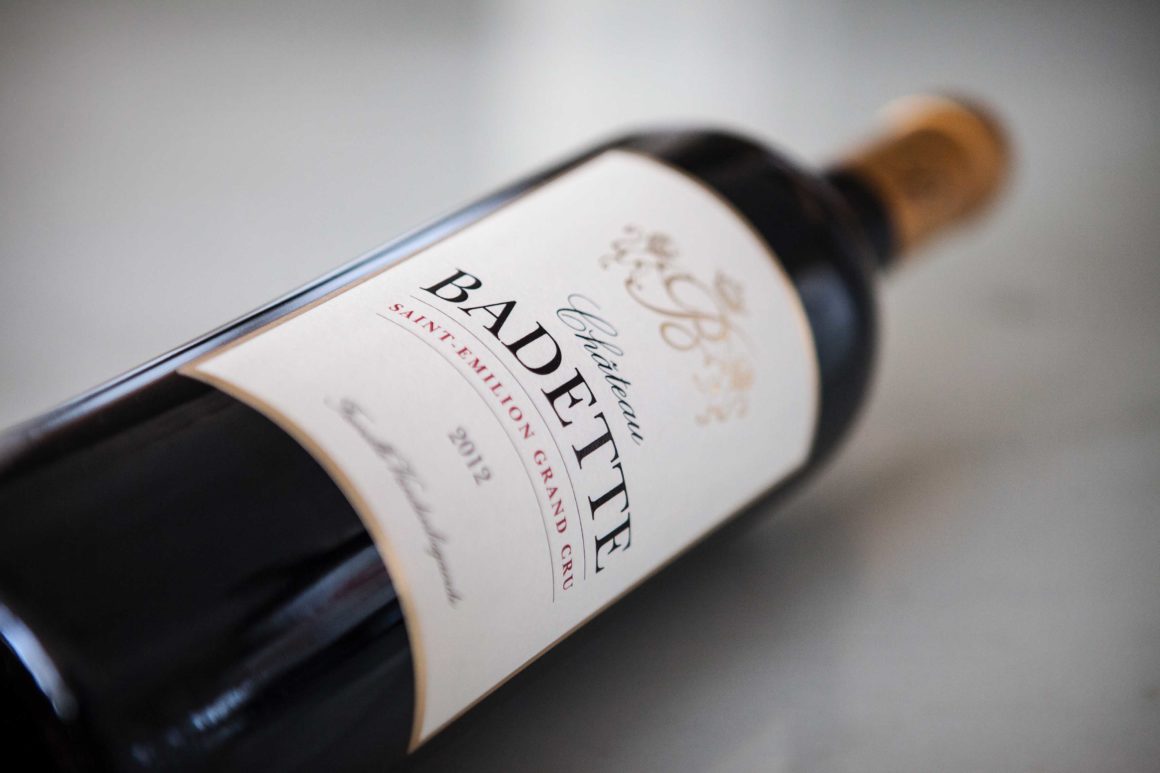
This historical domain surrounded by renowned chateaux such asChâteau Figeac, Troplong Mondot and Pavie Macquin has since 2008 been in the hands of the Belgian family Vandenbogaerde of the Vandenbogaerde Food Group which is known for its fine meat products. The link with lamb is therefore easily made. When Marc Vandenbogaerde bought the domain he decided to restore it to its historical value and quality.
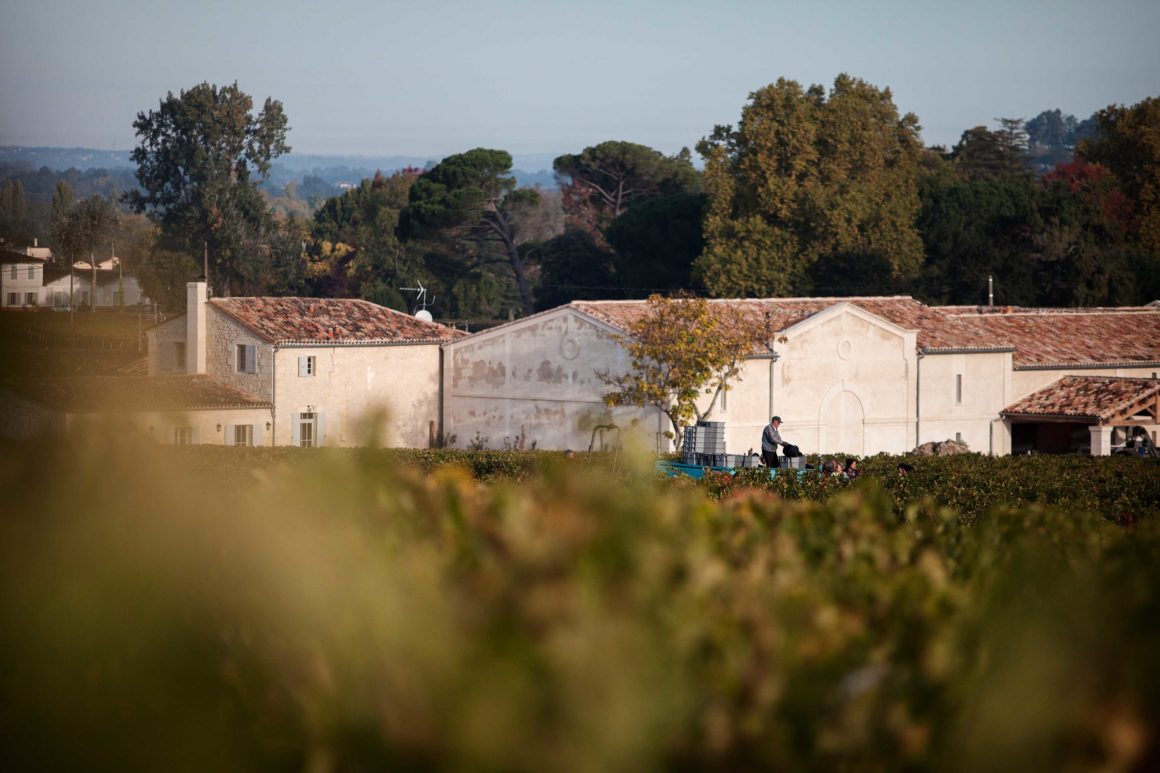
A thorough soil study was ordered and the entire chai was renewed. The objective was to make a St Emilion as authentic as possible, with respect for tradition but with the most advanced techniques. The vieilles vignes (vines up to 45 years old) were restored and the whole process from grape to wine is followed meticulously, leaving nothing to chance. This classic blend of mainly Merlot supplemented with a little Cabernet Sauvignon and Cabernet Franc which provide some extra spice and strength is aged at least 1 year in partly new oak barrels.

Very sultry nose of spices, pepper, tobacco, cedar with ripe black fruits, plums and blackberries. The tannins are clearly present but, above all, the balance with the acids and the light moelleux make it very refined.
You can buy this wine at target prices of 24.95 euros here: http://www.bottleadvice.com
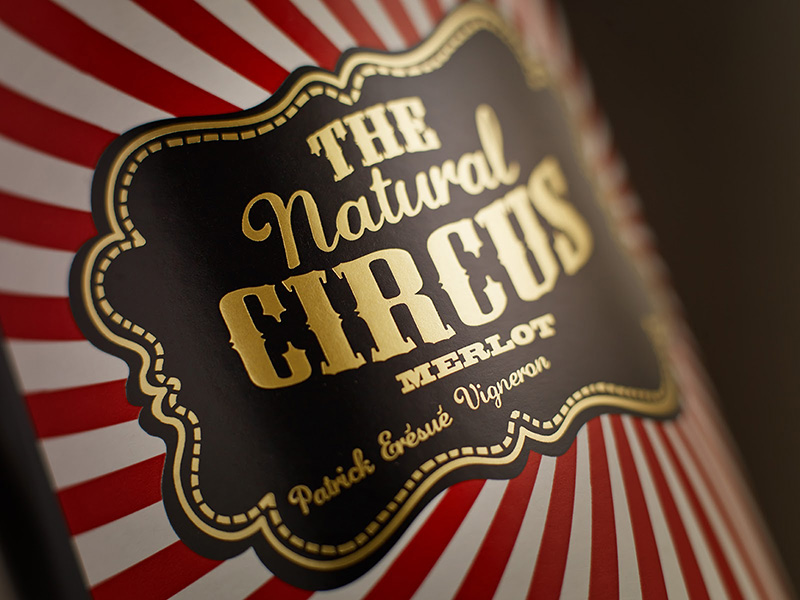
Castillon was recently described in a well-known Dutch wine magazine as the Disneyland of winegrowing in Bordeaux. For years it has been a attraction for self-willed winemakers who find affordable top terroirs here, right next to their world-famous neighbour Saint Emilion. The winemaker (Patrick Eresué) himself earned his spurs in a world-renowned St Emilion Grand Cru Classé but decided to change tack and start working on the family domain. Château de Chaincon has been owned by the Eresué family since 1846 and it was Patrick himself who decided to switch to organic farming and reduce yields in 1996.
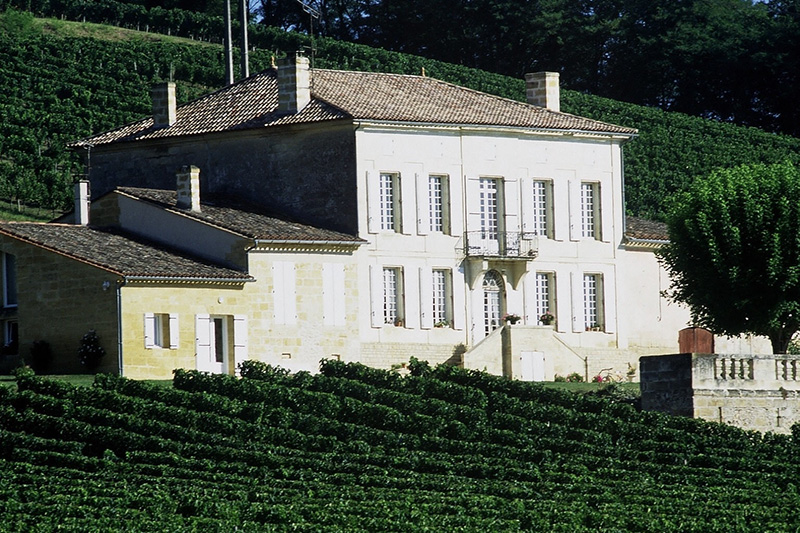
The vineyards themselves are situated mainly on rolling hills with dominant lime and clay soil giving them a natural elegance. Bordeaux is still synonymous with blends of different grape varieties and maturing in oak barrels, but the winemaker decided here to surprisingly use 100% merlot and to run the complete process in inox cuves in order to highlight the fruit. In the nose, we have mainly some dark cherry, forest fruits, strawberry and fine garrigue spices while the mouthfeel is incredibly juicy with fine acidity and yet a typical bordelian spiciness that manifests itself especially in the aftertaste.
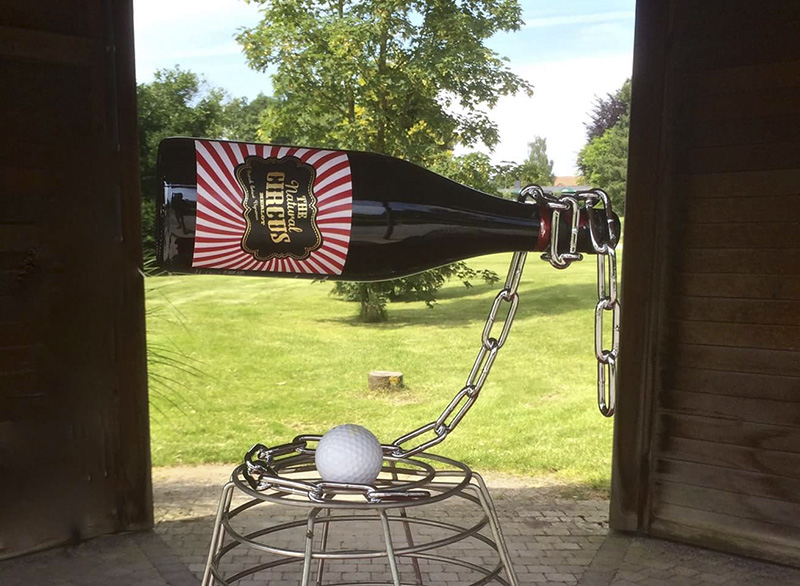
This wine, contrary to what its vintage suggests, is now perfectly drunk but can easily be forgotten in the cellar for a few more years. Ideal with our Easter lamb on the barbecue, lamb chops or lamb crown with southern vegetables. For the more daring among us: serve the wine slightly chilled. In any case, let it taste good during the Easter celebration, whether or not with a Belgian winner during the Tour of Flanders.
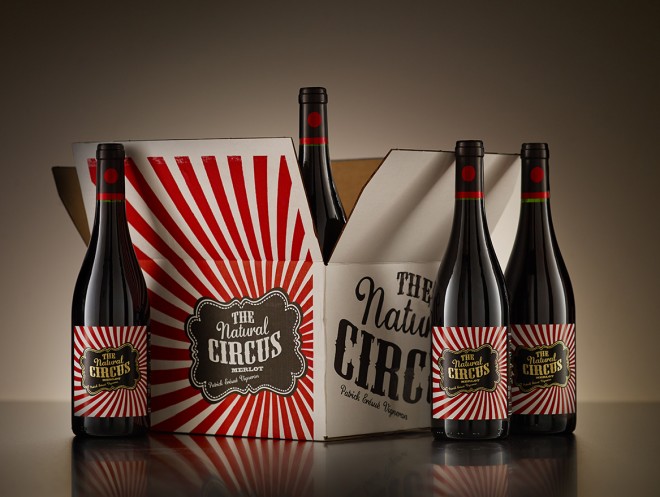
The Natural Circus 2019 (9.80€) is available from www.santewines.be
Do you want to discover more delicious drinks? Visit our PureFood page

